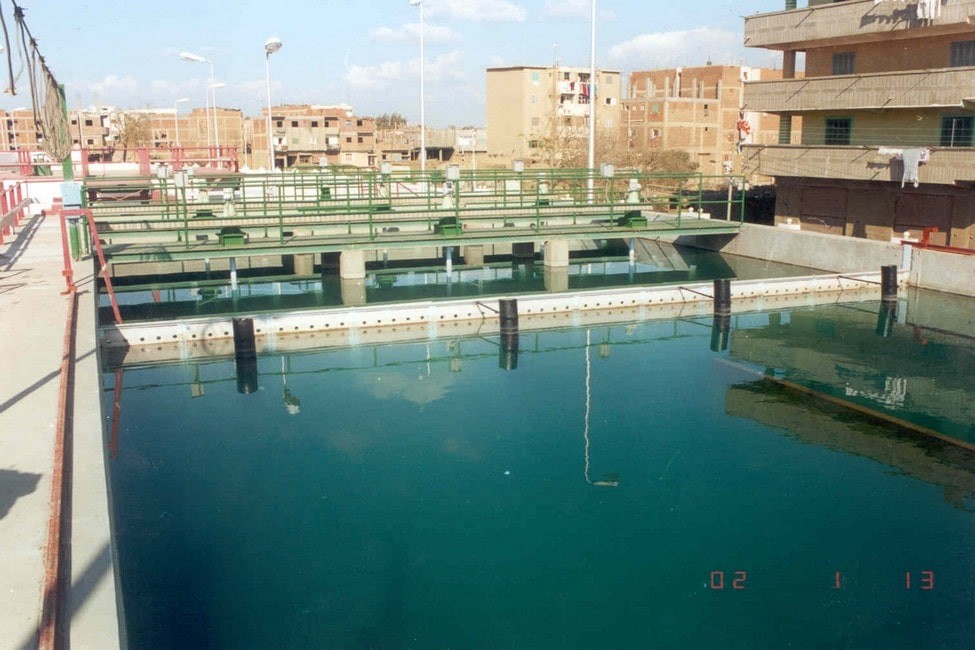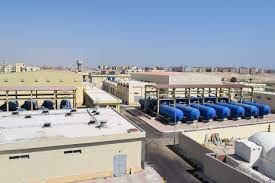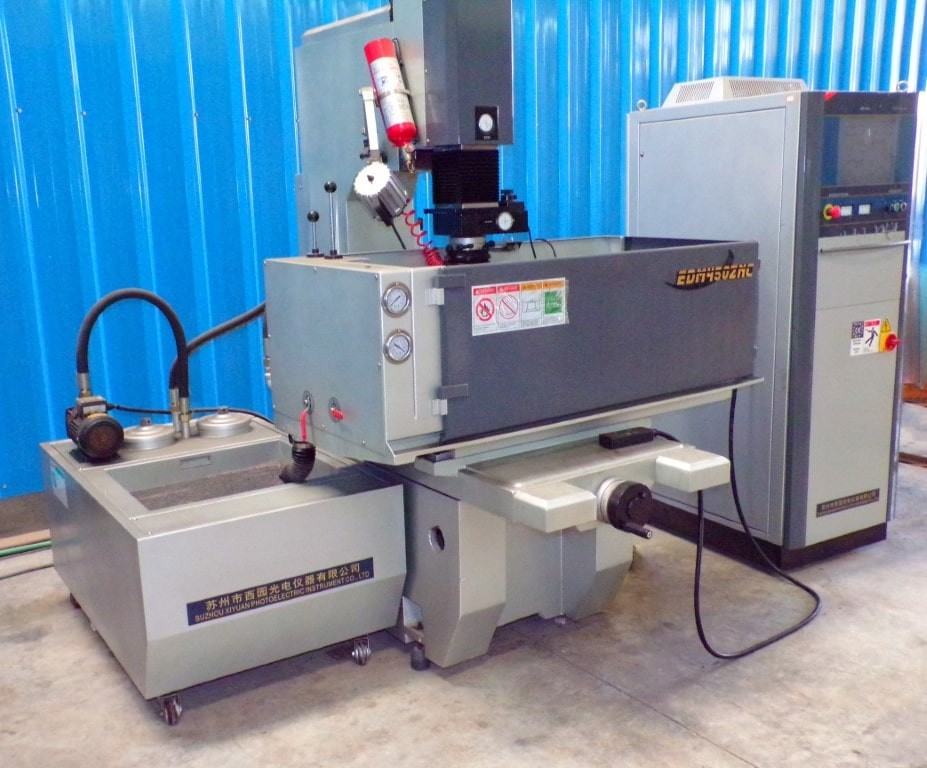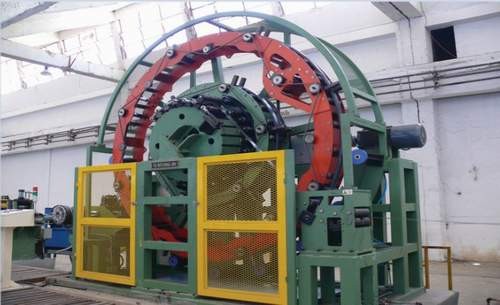

Water Desalination
- Home
- Water Desalination
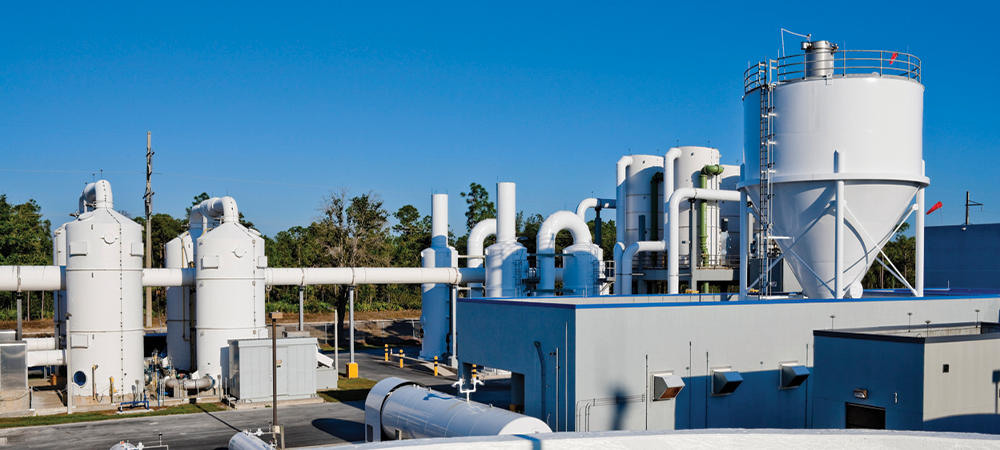
Water Desalination
Freshening, desalination, or desalination is a series of industrial processes conducted to remove all or part of excess salts and minerals from water. This term may be used to remove salts and minerals dissolved in water. Sea water can be desalinated so that it can be used in practical life such as agriculture, drinking and industry.
A large number of countries that suffer from water shortages are now interested in this applied science, and it is expected that during the next ten years, the application of this science will grow significantly due to the expected occurrence of water crises in many countries of the world, as some statistics indicate the death of hundreds of thousands annually due to scarcity of pure water for human use. The Arab Gulf countries desalinate sea water on an industrial level.
Currently, California suffers from a significant lack of rainfall and a state of drought during the past years, and for this they are starting to establish 17 water desalination plants on an industrial level.
The desalination process requires techniques that consume a lot of energy and money, with harmful effects on the environment. Energy consumption in the desalination process is considered one of the important problems and difficult obstacles that need to be overcome. It is one of the goals that are being worked on in scientific centers that focus on finding alternatives with less energy consumption, more effective and environmentally friendly.
The current world trend varies between seawater desalination or wastewater and rainwater treatment and reuse. We find that most of the water desalination plants are located in the Arabian Gulf and Libya, while most of the treatment plants are located in separate regions of the world such as the United States of America, Singapore and European countries.
The desalination process takes place in three basic stages before the distribution and pumping process in the network, as follows:
- Primary water treatment.
- Desalination process for water.
- Final water treatment.
Desalination methods
The methods currently used for water desalination revolve around two methods, namely:
- Using membranes, sometimes called the reverse osmosis method, it works with electricity.
Using heat vaporization and this method is known as distillation.
Using membranes: In the desalination process, a semi-permeable membrane known as the reverse osmosis membrane is used, as this membrane allows the passage of fresh water in the direction of low pressure and the salt and bacteria do not pass through it. This requires increasing the pressure on the part of the membrane that is filled with sea water, and this pressure is about 70 bar (70 atmospheric pressure). This pressure is usually produced by electric pumps. Other membranes are also used for this process, such as electrophoresis. There are other types being researched, such as forward osmosis, nanofilters, and desalination membranes. Most of the existing researches focus on finding better and more effective membranes. Water desalination is expected to spread in many places during the next twenty-five years.
Distillation: This process consists in raising the temperature of salty water to a boiling point and forming water vapor, which is then condensed into distilled water, so the distilled water is free of salt. This distilled water has no taste, and then it is treated with additives to make it suitable for drinking or irrigation. This technology is often used when semi-free water treatment is required for industrial, chemical, biological applications...etc.
The thermal energy used may come from natural gas, coal, or a nuclear reactor, and the water evaporation process is used.
There are four types of distillation used in the desalination process:
- Normal distillation: Salt water is boiled in a non-pressurized water tank. The water vapor rises to the top of the tank and exits through a path connected to the condenser, which condenses the water vapor, which turns into water droplets that are collected in the distilled water tank.
This method is used in desalination plants with small production capacities.
- Multistage flash distillation: Depending on the fact that the boiling point of liquids is directly proportional to the pressure applied to it, the lower the pressure applied to the liquid, the lower its boiling point. In this method, the salty water passes after being heated into successive low-pressure chambers. The water is converted into water vapor that is condensed on cold surfaces and collected and treated in potable quantities. This method is used in desalination plants with a large production capacity (30,000 cubic meters, or about 8 million gallons of water per day).
- Multi-stage distillation (multi-effect): The multi-effect distillers take advantage of the vapors rising from the first evaporator to condense in the second evaporator. Accordingly, the heat of condensation is used to boil the salty water in the second evaporator, and therefore the second evaporator acts as a condenser for the vapors coming from the first evaporator, and these vapors in the second evaporator become the same task as the heating steam in the first evaporator. Likewise, the third evaporator acts as a condenser for the second evaporator, and so on. Each evaporator in that series is called effector.
- Distillation using solar energy: This method relies on taking advantage of solar energy to heat the salty water to the point of evaporation, then it is condensed on cold surfaces and collected in pipes.
Desalination stages
- Primary water treatment: in which a large part of the suspended materials such as dirt and bacteria is removed. It is carried out either by traditional primary water treatment or by modern primary water treatment. In this process, some chemicals are added to facilitate processing.
- Desalt removal process: in which all water-soluble salts, viruses, and other substances such as chemical and organic substances that are transported and dissolved in water are removed. It is made by using membranes or distillation. See Water Desalination Methods
- Final treatment of water: in which some salts and other materials are added to make the water suitable for human use, and this is done only when the purpose of the process is to serve facilities related to direct human consumption, such as drinking, domestic use, or agriculture. Salts are not added if they are intended for uses in industrial and pharmaceutical applications because they negatively affect the quality of the product.
